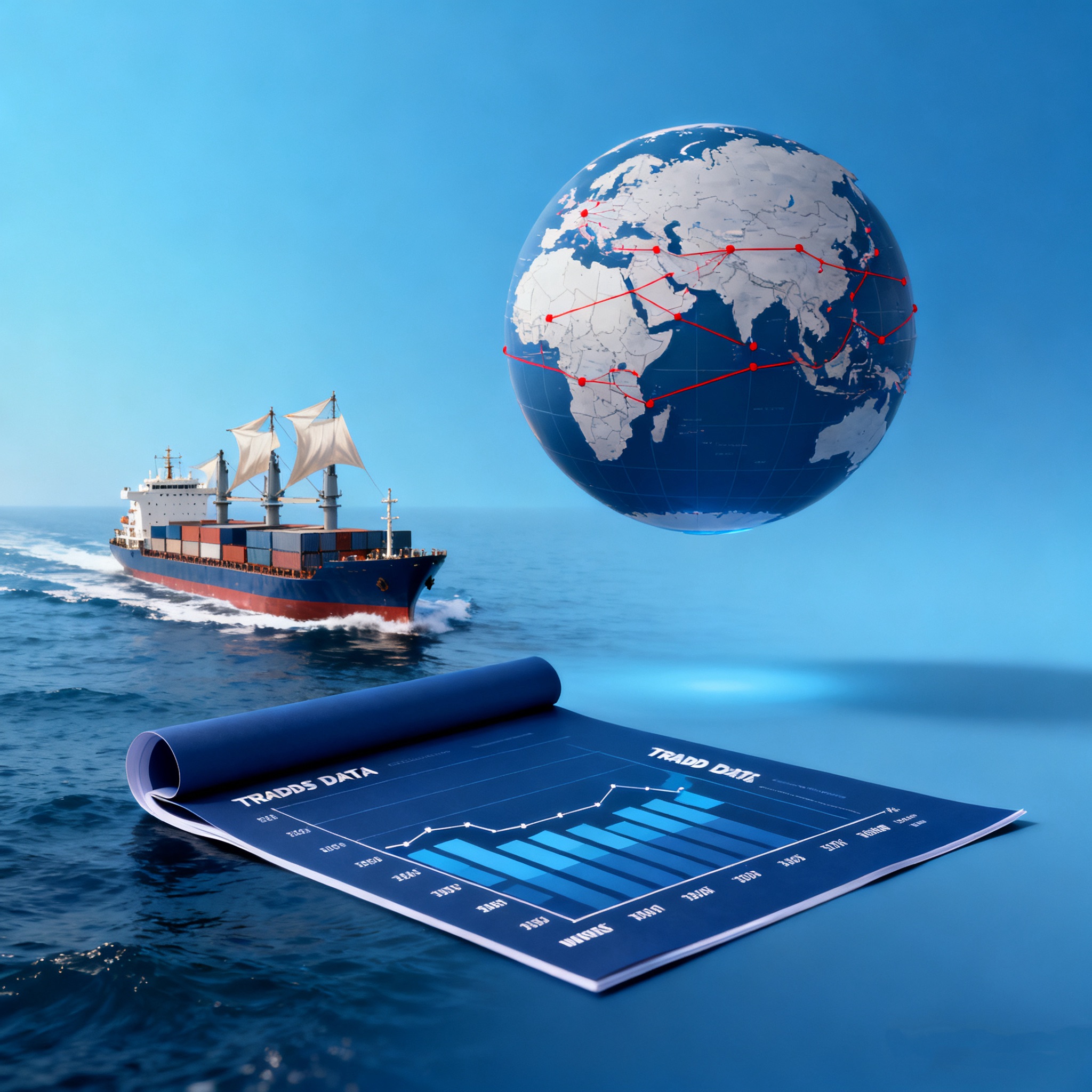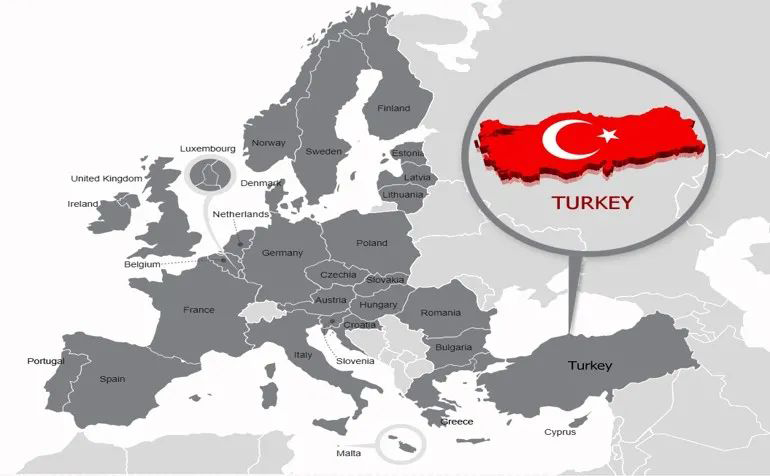
Global Logistics and Trade Compliance Dynamics: Export Strategy Adjustments Amid Rising Freight Costs and New Regulations
“Against the backdrop of restructuring global trade rules and fluctuating logistics patterns, companies must focus on "compliance first" and "supply chain resilience" to dynamically adjust market strategies and turn challenges into growth drivers.”
I. Shipping Market Dynamics and Cost Management
Driven by the combined effects of pre-holiday shipment peaks and Red Sea route diversions, freight rates on major global shipping routes continue to climb. Data shows that weekly rates for routes to the U.S. West Coast and the Mediterranean have increased by 8%-10%, with some space quotations approaching annual peaks. Exporters are advised to plan logistics solutions in advance, mitigate cost pressures by securing mid- to long-term contracted rates, and optimize shipment schedules.
II. Updates on Trade Policies and Compliance Guidelines
1.Product Access and Regulatory Upgrades
Uzbekistan has issued restrictions on hazardous substances in electronic equipment, scheduled to take effect in February 2026, involving RoHS-related requirements.
Turkey has suspended simplified customs clearance for Chinese footwear, toys, and leather products via postal channels, requiring a shift to formal customs declaration procedures.
2.Logistics Data and Customs Process Adjustments
Saudi Arabia has implemented a pre-declaration system for import cargo manifests, requiring submission of complete data before vessel loading.
Congestion at the Kazakhstan-Russia border persists, with over 7,500 trucks stranded, creating uncertainties for China-Europe land transport timelines.
3.Emerging Market Opportunities and Risks
Pakistan has officially approved commercial imports of used cars, promoting cooperation in the automotive industry chain.
A Brazilian "Black Friday" survey indicates that 84% of consumers plan to increase spending, with strong demand for electronics and apparel.
❊Tip: Exporters of light industrial and electronic products should closely monitor regulatory updates in target markets, complete certification and data compliance preparations in advance, and avoid customs clearance risks.
III. Global Economic and Trade Data and Industry Trends
1.Resilience in China's Foreign Trade
In the first three quarters, China's cross-border payment scale reached $11.6 trillion, a year-on-year increase of 10.5%, with a net cross-border capital inflow of $119.7 billion, reflecting the stability of the foreign trade foundation. The Canton Fair attracted 157,000 offline overseas buyers, while export tax rebates surged by 120% year-on-year, demonstrating sustained vitality in cross-border trade.
2.Regional Market Divergence and Opportunities
Japan has ended its export decline, with export values rebounding month-on-month in September, though exports to the U.S. fell by 10.2%.
Thailand is concerned about its currency appreciation dampening export competitiveness and may introduce policies to stabilize the exchange rate.
The U.S. and India are expected to reach a tariff agreement, potentially reducing tariffs on Indian goods exported to the U.S. to 15%-16%.
3.Industry and Supply Chain Developments
The price of lithium hexafluorophosphate has risen by 44% recently, reflecting a recovery in demand within the new energy industry chain.
Retail sales of home appliances in Shanghai increased by 28.2% year-on-year in the first three quarters, indicating significant overseas demand potential for premium consumer goods.
IV. Risk Warnings and Strategic Recommendations
1.Short-Term Responses
Closely monitor customs policy changes in East Asia and the Middle East, and establish flexible logistics solutions.
Leverage the growth window in air cargo demand (air cargo volume increased by 9.9% in September) to optimize transport routes for high-value goods.
2.Medium- to Long-Term Planning
Utilize the convenience of cross-border settlements and the stability of capital flows to expand into Belt and Road Initiative and RCEP regional markets.
Track the rising bankruptcy risks in Europe and the U.S. (global corporate bankruptcies may increase by 5% in 2026) and strengthen customer credit management.
Against the backdrop of restructuring global trade rules and fluctuating logistics patterns, companies must focus on "compliance first" and "supply chain resilience" to dynamically adjust market strategies and turn challenges into growth drivers.













